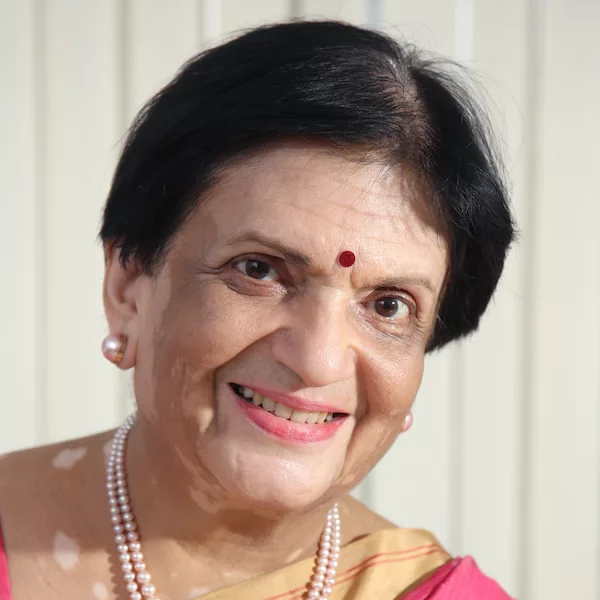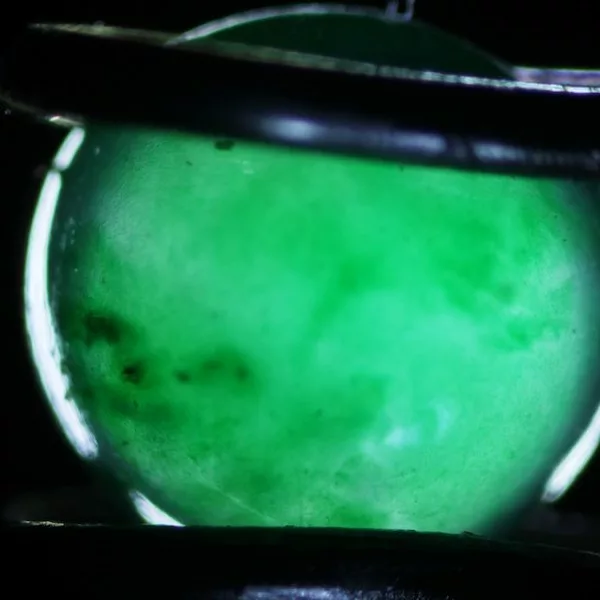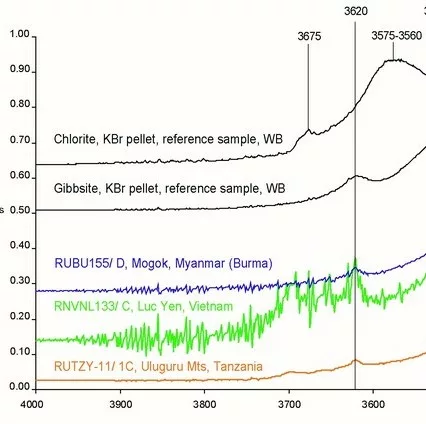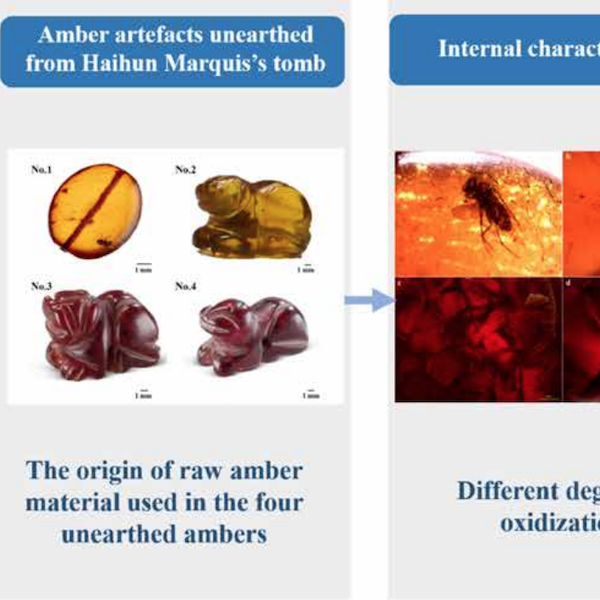Past, Present and the Future of IGC
Exactly, seventy-one years ago, in the month of October, to be precise from the 23rd to the 25th of October 1952 in Lugano, Switzerland, the inaugural meeting of the International Gemmological Conference (IGC) was held. It is a wonderful coincidence that this year the 37th IGC Japan is also taking place from the 23rd to the 27th October 2023 in Tokyo, Japan. I am sure it will be a great success.
The Past: Formation of IGC
Many of the gemmologists and researchers may be knowing that the International Gemmological Conference (IGC) owes much of its origin to BIBOA (Bureau International pour la Bijouterie, Orfevrene, Argenterie), the International Jewellery and Gemstone Federation. In fact, it may be interesting to know that although Kokichi Mikimoto of Japan had already started culturing pearls in the year 1893, it was only in the year 1926 in the first Congress of the BIBOA, that the use of the term “cultured pearl” was recommended and precisely defined. At the various subsequent meetings of experts and commercial traders that the policies of BIBOA were formulated. Later in 1936 at the fifth BIBOA conference of experts, collaboration among laboratories was acclaimed by traders and they encouraged Laboratory Directors to meet each other at a technical conference from which all commercial delegates would be excluded. Finally in 1951 a technical committee meeting was held in Idar Oberstein to prepare for the next Conference in 1952. Those attending the 1951 meeting included Mr B.W. Past, Present and the Future of IGC Anderson, Mr G. Gobel, Dr E. Gubelin, Mr F. Wolf, Mr A. Bonebakker, Mr H. Tillander, Mr A. Strondahl, and Mr O. Dragstead. It is said that the future framework of the IGC was established at this meeting in Idar Oberstein. Accordingly, a Technical Conference was organised at Lugano from 23rd to 25th October 1952 at the initiative of Prof. K. Schlossmacher and Dr. E. Gübelin. Also present at this conference were Messrs B.W. Anderson, A. Bonebakker, O. Dragstead, G. Göbel, K. Siess and H. Tillander. At this historic meeting Dr E. Gübelin proposed creation of a “Committee for an International Gemmological Conference” that would consist of one member per country; this member being the Director of a Gem Testing Laboratory, or a gemmologist of the calibre who could attend that meeting. This was agreed to, and this meeting was later considered to be the inaugural meeting of the IGC.
The first meeting of the IGC in Lugano was followed by subsequent meetings in Amsterdam, the Netherlands (1953), Copenhagen, Denmark (1954), London, United Kingdom (1955), Munich, Germany (1956), Oslo, Norway (1957), Paris, France (1958), Milano, Italy (1960), Helsinki, Finland (1962), Vienna, Austria (1964); Barcelona, Spain (1966); Stockholm, Sweden (1968); Brussels, Belgium (1970); Vitznau, Switzerland (1972); Washington D. C., USA (1975), The Hague, the Netherlands(1977), Idar Oberstein, Germany (1979), Kashiko-Jima, Japan(1981), Beruwela, Sri Lanka (1983); Sydney, Australia (1985); Rio de Janeiro, Brazil (1987), Tremezzo, Italy (1989); Stellenbosch, South Africa (1991), Paris, France (1993); Bangkok, Thailand (1995); Idar Oberstein, Germany (1997); Goa, India (1999); Madrid, Spain (2001), Wuhan, China (2004); Moscow, Russia (2007); Arusha, Tanzania (2009), Interlaken, Switzerland (2011); Hanoi, Vietnam, (2013); Vilnius, Lithuania (2015), Windhoek, Namibia (2017), and in 2019 the IGC was held in Nantes, France. During the pandemic of the Covid19 the International Gemmological Conference was conducted on line in the year 2021. So, this year 2023, after four years the IGC Delegates and Observers are meeting in person in Tokyo, Japan.
One can see that the existence of the IGC, now is in its seventh decade, since 1952, it can therefore be said that the International Gemmological Conference is the longest surviving gemmological conference to remain largely in its original format. Considering that the science of gemstones or gemmology is a very recent science in that sense, it is indeed spectacular to observer that the invited delegates represent more than 33 countries, which include Australia, Austria, Belgium, Brazil, Canada, China, Czech Republic, Denmark, England, Finland, France, Greece, Germany, Hong Kong, Israel, India, Italy, Japan, Kenya, Korea, Netherlands, Norway, Russia, Singapore, South Africa, Spain, Sri Lanka, Switzerland, Sweden, Thailand, U.S.A. and Zimbabwe – have been invited to participate in IGC meetings.
Present: Ever increasing need
Over the years gemmological science has developed in leaps and bounds. The delegates of the IGC in 1952, may not have imagined the technological advances that would take place in every aspect of the gemmological science, and how useful the presentations made at the subsequent International Gemmological Conference would be for the delegates and observers to keep abreast with latest developments in the gem industry. There was a time when we had synthetic gemstones made by the flame fusion method, synthetic emeralds made by the hydrothermal method or flux method and the gem testing laboratories were efficient enough to detect the synthetics. In the present day, the techniques for syntheses of gems have been such that they are almost similar to the conditions and the processes taking place in nature, resulting in synthetic gems having almost similar looking inclusions seen in natural gemstones. With the advent of techniques like High Pressure High Temperature (HPHT) and Chemical Vapour Deposition (CVD) have made an impact on the synthetic diamonds manufacturing. Japanese companies like Sumitomo, Kyocera, Tomei etc are well known world. In the area of cultured pearls, Japan has been the fore runner, be it Akoya cultured pearls, be it fresh water Biwa co pearls… Japan has led the way. All these innovations, syntheses, culturing requires proper identification. Added to this are the treatments and enhancements done on gemstones which are becoming rampant in the trade. Then there are also variety of glasses and imitation gems, new artificial gemstones, meaning those not having natural counterparts like Cubic Stabilised Zirconia, YAG, Moissanite etc. which need to be addressed by a gem testing laboratory. New gem bearing mines are discovered, new gem enhancement techniques with less visual impact on the inclusions are being invented, new gemstone minerals are constantly being discovered or one can say minerals which were hitherto known as opaque and unattractive, if one finds a transparent variety of the same, it becomes no doubt a rare gem material. Then we have organic gem materials like the pearls, corals, amber, ivory etc. each in their own respective trade need verification and certification of authenticity.
Today, it is impossible to imagine a gem testing laboratory, without the latest sophisticated instrumentation. Gone are the days where only a refractometer and a good microscope were sufficient to a large extent to run a gem testing laboratory. Ultraviolet- Visible range spectrometer, FTIR, Ramon Spectroscope, LIBS, Xray Fluorescence Spectrometer etc are required for the proper identification for the certification of gemstones, for detection of treatments done on natural and synthetic gemstones, for the determination of their geographical origin etc. Therefore, ethical gem testing laboratories with technical staff having the latest state-ofthe-art knowledge are the need of the hour. Gemmological Conferences are one of the best sources to get a mine of information and knowledge for the gem technocrats.
Future of IGC
In 2052, when International Gemmological Conference will be completing 100 years of its existence, I do not know how many of the existing delegates and observers will be physically present to celebrate the same. Nevertheless, by that time the gemmological science would have advanced to another niveau. The general public, the consumer, the gem buyer will be more knowledgeable due to the social media and other means, therefore precise discloser of the gemstone would be expected from the seller and from the gemmologists in gem testing laboratories. Then, Conferences like the IGC will be still one of the major sources of the latest technical knowhow about gemmological sciences.




